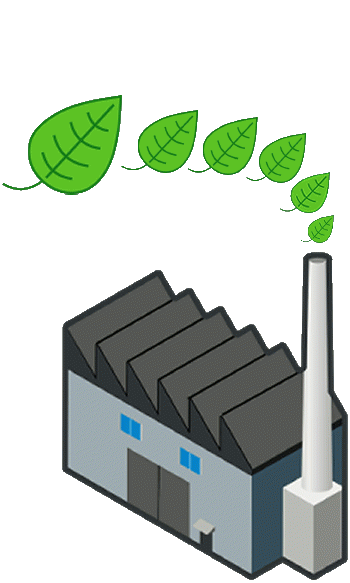An outline design for CarbonGood
We've seen what CarbonGood is, how it works, and whether we can do it - but what would CarbonGood actually LOOK like?
Excluding a few techy bits, CarbonGood is just connected boxes - HUs.
So what would it look like?The HU "container"
Will be to ISO shipping container dimensions and use the same stacking and locking system. But it doesn't need to be secure so walls, door and roof will be lightweight plastic (or even non-existent). Rigidity is taken care of by simple bracing.
It also needs to be plug-&-play, allowing multiple HUs to be stacked in the most efficient way and simply plugged-in to power, water/nutrient, and air or flue gas supply. It needs to provide a lighting system, and it needs do all this flexibly to allow the widest range of biomass to be produced. Finally, it needs to do all this WITHOUT losing any of the valuable production space within the HU.
That means we need a means of loading and retrieving biomass to/from the HU. Manually that's arduous and slow work, in a warm, damp, environment - unpleasant, and certainly the bottleneck.
So, a much better answer is ... the one we've already designed. Low-cost and simple, able to operate across the full stack height safely and easily, it's the (almost) final piece of the puzzle.
If you'd like to learn more, please follow our journey as we upscale from our Mexican prototype to pilot, then to production.
What about labor?
CarbonGood is a global solution, and labor is not the same everywhere on the planet.
So CarbonGood offers total labor flexibility. Where labor is cheap and plentiful,
operation can be largely manual; where labor's expensive, operation can be largely automated.
Also, CarbonGood will provide good employment in an ethical environment, working largely in the (sheltered) open air to - literally - make the world a better place. Sure beats most jobs.
Decommissioning & end-of-life
So once an emitter no longer need it, CarbonGood presents no end-of-life burden - either economically or environmentally.
